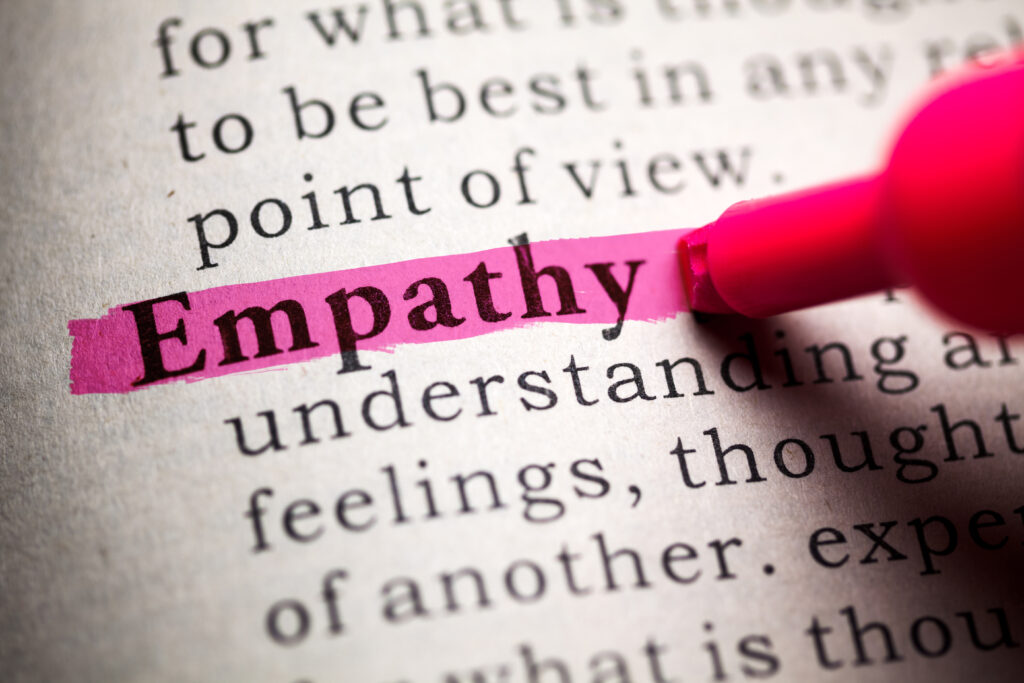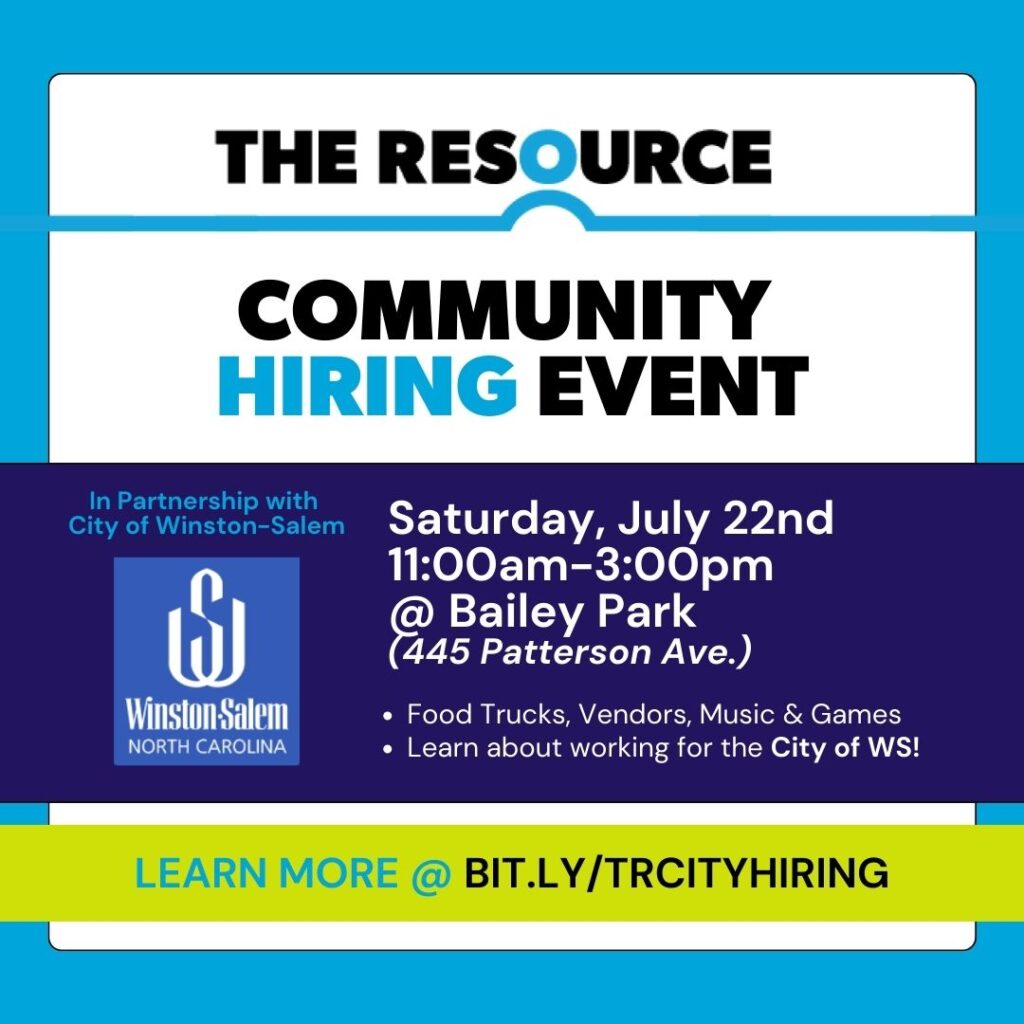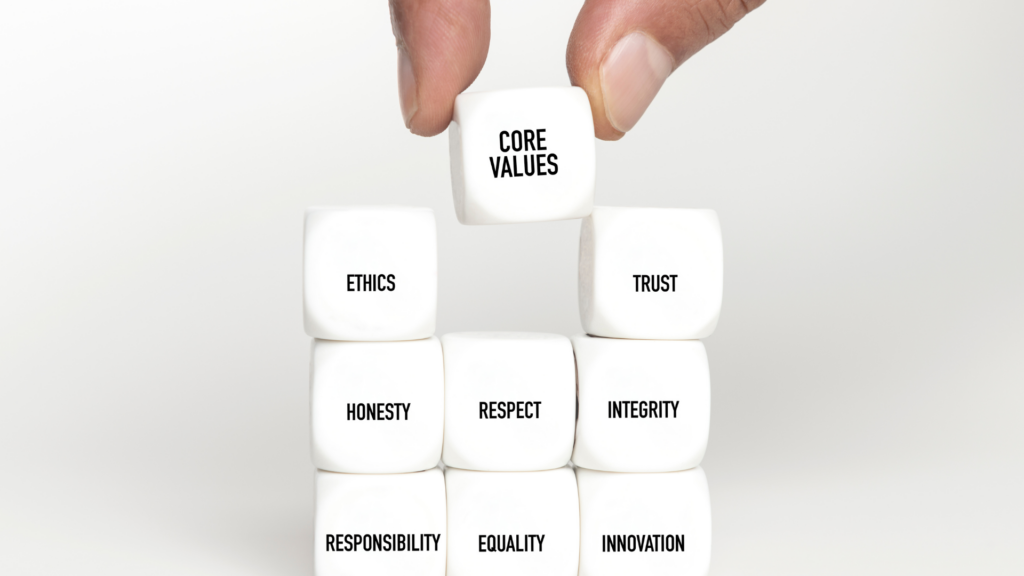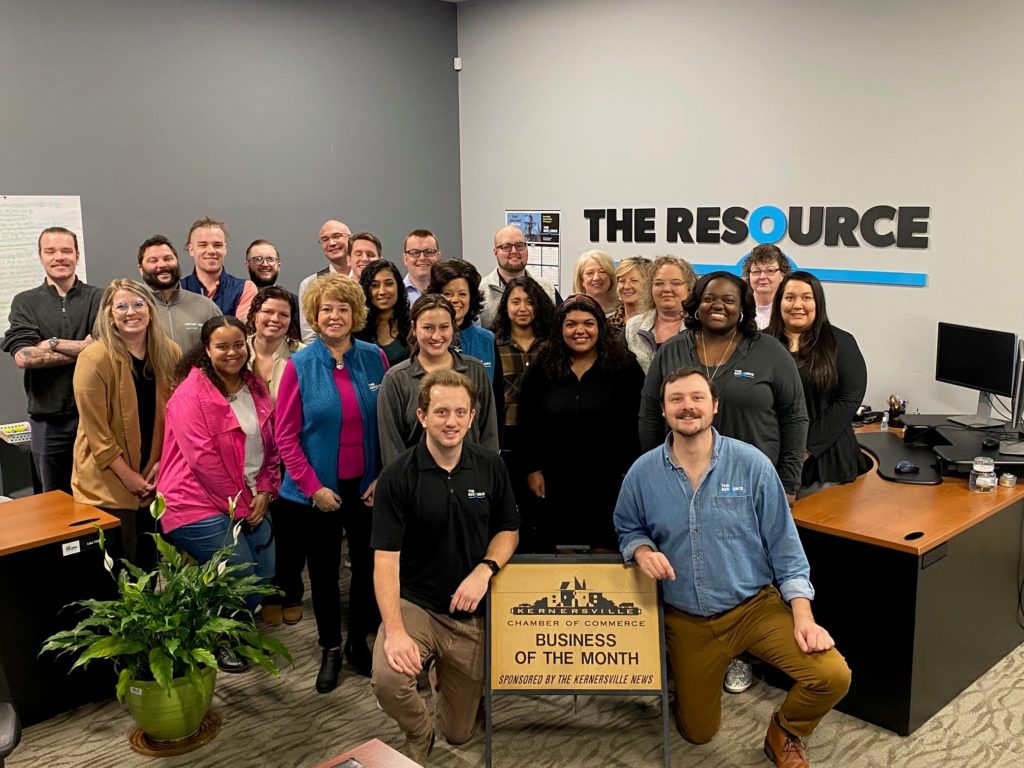Stories about new AI technology have dominated the headlines for years. Recently, many of them have focused on generative artificial intelligence (GenAI) tools such as OpenAI’s ChatGPT, Microsoft’s Bing Chat, and Google’s Bard. There are some problematic areas in AI (though the “robots will take our jobs” claims have yet to be proven a cause for alarm), but AI holds a lot of promise as a tool to help people be more productive and to automate tasks that take up a lot of time for HR and recruitment staffers. Generative AI is increasingly being used in HR and recruitment by various organizations and HR technology companies. One recent survey of 1,000 business leaders, for example, found that nearly half of their companies were already using ChatGPT and nearly all that hadn’t yet adopted it were planning to do so within the next half year.1 In general, its main uses were in “writing code” (66 percent), “copywriting/content creation” (58 percent), and “customer support” (57 percent). GenAI is already making inroads into recruitment, too, where those same organizations used it primarily for “writing job descriptions” (77 percent), “draft[ing] interview questions” (66 percent), and “respond[ing] to applicants” (65 percent). In human resources and recruitment, these smart tools can automate repetitive tasks, thus enabling HR professionals to focus more on strategic work. As of April 2022, nearly one in four organizations reported using automation or AI to support HR-related activities, including recruitment and hiring.2 The adoption of AI is likely to continue trending upward, with HR leaders worrying that not implementing AI solutions will put them at a disadvantage vis-à-vis their competitors. Generative AI can boost the efficiency of many HR processes. For example, it can help recruiters create job descriptions or advertisements based on specific input parameters (such as required skills and job responsibilities). In these processes, it can mitigate industry-specific jargon and other factors that might limit inclusivity, and therefore increase the posting’s accessibility and appeal to a more diverse applicant pool. In addition to content creation, these large language models can also help recruiters sift through vast amounts of applicant data quickly. By identifying patterns in applications that correlate with successful hires from past experiences, they can make it even easier to create candidate short lists. Beyond recruitment processes, generative AI has the potential to benefit all aspects of human resources management. For instance, it can create personalized training materials or assist in answering employees’ questions about company policies. It can also assist with tasks such as generating messages to remind staff about upcoming events and using collected data to compile comprehensive reports on employee performance. It’s clear that this technology has plenty to offer when used responsibly. All of these improvements not only save time but also facilitate better decision-making capabilities within organizations, ultimately resulting in enhanced productivity across the board. GenAI can help organizations streamline HR processes, improve candidate experiences, and make more data-driven decisions in talent management. Many companies are already exploring GenAI-powered solutions in these areas, and the uses of GenAI in HR and recruitment will continue to evolve as technology advances. GenAI can be particularly helpful for generating text that HR and recruitment teams can use in their various functions. The ability to create prompts that will lead GenAI to produce relevant content is a skill that professionals in those areas should definitely cultivate, because it will improve their processes and make their work easier. Here are some examples of possible prompts on several HR-related topics. Job descriptions Candidate engagement Interview questions Diversity and inclusion Employee feedback analysis Candidate sourcing Onboarding Employee recognition Employee well-being HR policy creation Performance reviews Compliance monitoring These prompts can serve as starting points for HR and recruitment teams to use generative AI tools effectively. They can help streamline tasks, improve communication, and enhance various aspects of HR and talent management. The most important thing to understand about AI in general is that although it has flaws, it can be cross-checked and moderated by actual humans. Organizations should put an AI policy in place now to lay the foundation for the successful implementation of this emerging technology. By making sure they understand how their HR tech vendors use AI, leaders can also ensure that its use doesn’t have unintended consequences. (For example, if an applicant tracking system uses AI to scan faces during candidate assessments via video, HR and recruiters will want to be sure that those scans don’t lead to excluding protected classes.) Addressing these concerns and others that emerge as the use of AI becomes more widespread will enable companies to harness this technology to its fullest potential. 1 Resume Builder. 2023. “1 in 4 Companies Have Already Replaced Workers with ChatGPT.” Resume Builder website, February 27, www.resumebuilder.com/1-in-4-companies-have-already-replaced-workers-with-chatgpt. 2 SHRM. 2022. “Fresh SHRM Research Explores Use of Automation and AI in HR.” SHRM website, April 13, www.shrm.org/about-shrm/press-room/press-releases/pages/fresh-shrm-research-explores-use-of-automation-and-ai-in-hr.aspx?.Improving Efficiency and Productivity
GenAI Applications in HR
Final Thoughts










